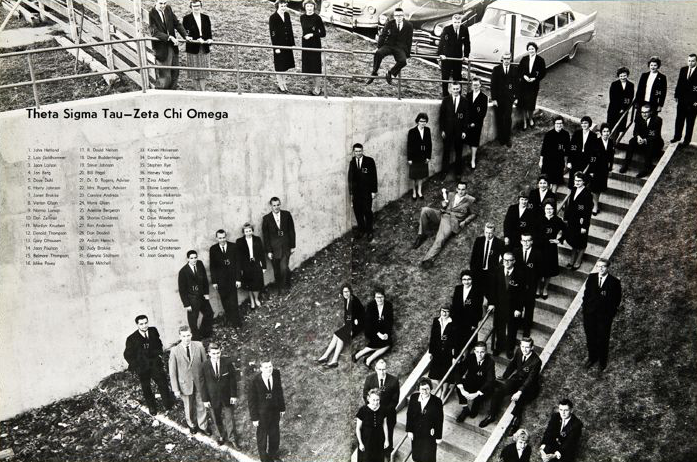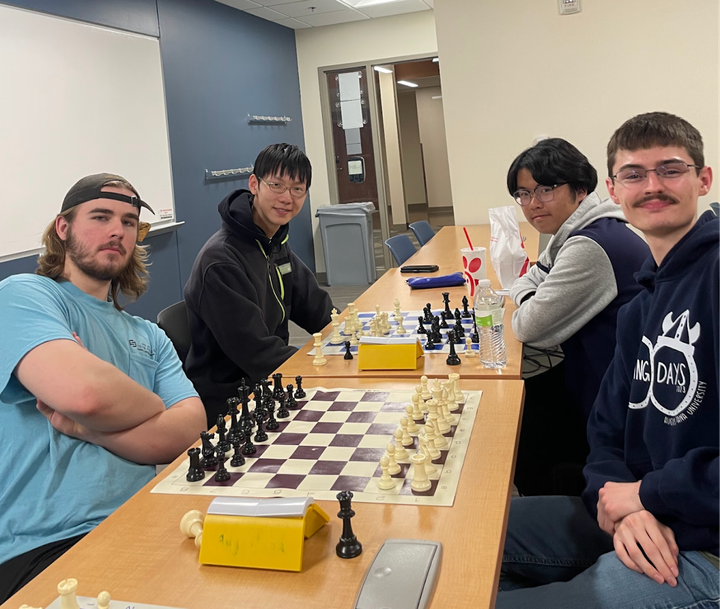Telehealth gains traction in nursing department
The nursing program at Augustana has been taking strides to incorporate innovative telehealth technology into its curriculum and community for years, especially in light of the COVID-19 pandemic.
Telehealth has become part of healthcare more than ever amid COVID-19 concerns because of its remote benefits. Although it comes in various forms, telehealth is the dual connection between a patient and their doctor or nurse via telecommunication equipment according to the Center for Medicare and Medicaid Services.
Augustana nursing students have been taught the importance of telemedicine over the past decade. A stronger focus on telecommunications and senior telehealth in the past few years has given instructors and students a better understanding of the technology and its applications.
“We now have more of a practical application for it and increased use of it here at our local healthcare organizations,” Beth Karel, director of simulation learning at Augustana and current eICU telehealth nurse at Avera, said. “I think we can relate more to what is going on right now.”
Even though her curriculum already includes telehealth, Karel plans to emphasize more telehealth in her classes this year.
In a recent partnership with Avera eCare over the summer, a handful of students and faculty, including Karel, had the opportunity to participate in the first test of the nation-wide initiative of a telehealth app to assist healthcare providers in a potential surge of COVID-19. The National Emergency Telecritical Care Network (NETCCN) Grant gave students the opportunity to partake in a simulation of nursing staff who may be under-equipped and inexperienced to use the app.
Senior nursing student Jori Ellenbecker worked on the project this summer. She acted as a nurse on duty who conducted the initial assessment of the patient and decided which health professional to call.
“It is good that [telehealth] is being set up for further study and revised regularly to ensure that if things get more out of hand, we have people that can direct health professionals that may not know what they are doing. It is imperative that we get familiar with [telehealth] because it is going to be more and more prevalent,” Ellenbecker said.
There are myriad reasons why telehealth is not only beneficial for the patient, but also for the medical professional. Karel said distractions that often take place in a hospital or clinic are minimized so nurses are able to focus directly on their patients.
Since telehealth relies on internet connection, nurses have experienced technical difficulties. Karel and Karla Abbott, associate nursing professor and Augustana Nursing Student Association adviser, also expressed concern for the nurse and patient disconnect, whether it be an emotional disconnect or a frustrated patient who is having difficulty understanding the technology. Assessment of the patient can also be more challenging.
“With telehealth, we have to think about how to assess a patient through a screen,” said Patricia Waltman, assistant professor and certified clinical nurse leader. “It takes away some of our assessment ability.”
To counteract assessment difficulties, nurses are taught to ask more direct questions. Specialized cameras that can give the remote doctor a clear image of a patient’s pupil also assist in an ICU environment. Nurses and educators are continuously learning about the ample uses of telehealth.
Abbott who is a member of the Cheyenne River Reservation is conducting a research project with professor Jennifer Gubbels in the biology department and professor Beth Boyens in the English department. The project focuses on pregnant Native American women who are at high risk of preterm birth.
“Very few people are studying the emotional stress that goes along with living in a poverty-stricken area. Maybe [they] are experiencing some domestic violence or just the stress of being isolated,” said Abbott.
Using talking circles, a Native American tradition of gathering as a community to heal, the researchers facilitate a safe space for the women to express their concerns or ask questions. By facilitating talking circles, the women form a support system to help each other long after their pregnancies come to term. In the future, Abbott hopes to use telehealth as a way to conduct talking circles from a distance due to the long commute.
Telehealth is beneficial in many different ways, and there are many unexplored avenues for telehealth applications. The future of telehealth is virtually limitless.
Ellenbecker said, “Telehealth is going to be incredibly useful, and it’s going to be everywhere. The new normal is going to be different, and I think that it will involve a lot more telehealth and eCare.”



